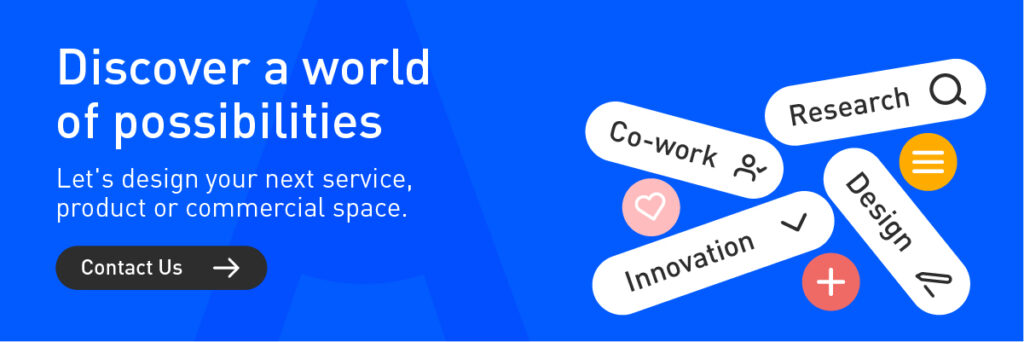Did you know that more than 80% of a product’s environmental impact is defined in its design phase? In a world where climate change, resource scarcity and excessive consumption demand urgent solutions, Ecodesign emerges as a bold and innovative response that not only seeks to minimize environmental impact, but also to transform our relationship with the planet. In this article, we will explore how this approach is revolutionizing the industry and how you can apply it in your projects.
What is Ecodesign? Definition And Key Concepts
Ecodesign or sustainable design is a strategic approach that integrates environmental criteria into the product design process, considering all possible environmental impacts throughout the product life cycle, from conception to final disposal. This holistic approach goes beyond simple product design, encompassing the careful selection of sustainable materials, optimization of production processes, efficiency in transport and distribution, as well as consideration of the impact during product use and end-of-life management.
7 Key Benefits of Ecodesign for Businesses
The implementation of eco-design or circular design not only contributes positively to the environment, but also offers strategic, economic and social advantages for companies. In a constantly evolving market, where sustainability has ceased to be an option and has become a necessity, its main benefits include:
- Cost reduction: Efficient use of materials and more optimized processes reduces production costs.
- Increased brand value: Consumers value companies that show a real commitment to sustainability.
- Regulatory compliance: In many markets, complying with environmental standards is a legal requirement and a competitive advantage.
- Innovation: Implementing eco-design strategies drives creativity to develop disruptive and sustainable solutions.
- Contribution to the environment: Reduces environmental impact by reducing emissions, waste and energy consumption.
- Adaptation to the future: Preparing for a market where sustainability will be the standard ensures that companies are ready for the challenges and opportunities of tomorrow.
- Increased competitiveness: Differentiating yourself with sustainable products allows you to stand out in a saturated market and capture the attention of more demanding consumers.

Step-By-Step Guide: How to Implement Ecodesign in Your Products
Applying Ecodesign requires a comprehensive and strategic vision. Below we share some key steps for its implementation:
- Life Cycle Assessment (LCA): Evaluate the environmental impact of your product from material extraction to final disposal. Identify critical points and areas for improvement.
- Choosing sustainable materials: Prioritise recycled, recyclable, biodegradable or renewable materials. This not only reduces the impact, but also improves the perception of the product by consumers.
- Production optimisation: Design more efficient processes that consume less energy and generate less waste.
- Durability and repairability: Design products with a long lifespan and that can be easily repaired, reducing the need for frequent replacements.
- Modular design: Make it easy to repair or upgrade your products by using interchangeable or removable components.
- End-of-life planning: Design products that can be easily disassembled to recycle or reuse their components.
- Packaging minimisation: Design packaging that uses less material, is recyclable and adequately protects the product.
- Clear communication: Make sure the commitment to sustainability is evident. Labels, certifications and marketing campaigns are key to highlighting the effort behind your product.

Image courtesy by Project Stich.
Why choose Blaster Design for Product Ecodesign?
At Blaster Design, sustainable design is not just a service, it is part of our philosophy. Our approach combines creativity, strategy and a commitment to innovation. We have worked on a wide variety of projects including:
- The development of reusable packaging designed to minimize waste and optimize logistics processes.
- The creation of functional and sustainable urban furniture that transforms public spaces into more environmentally friendly environments.
- The implementation of renewable energy solutions, designed to maximize efficiency and reduce dependence on non-sustainable sources.
- Designs that incorporate recycled and biodegradable materials, achieving innovative products that respect the environmental life cycle.
At Blaster Design, we are ready to accompany you in the challenge of designing products that transform not only your business, but also the impact you have on the world. Are you ready to take your company to the next level? Contact us and let’s make the change begin now.